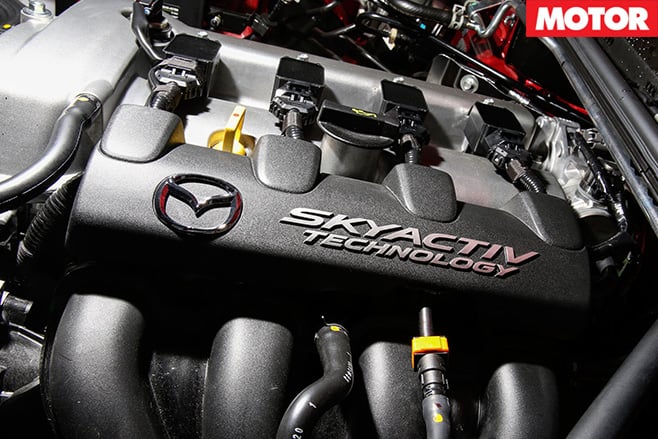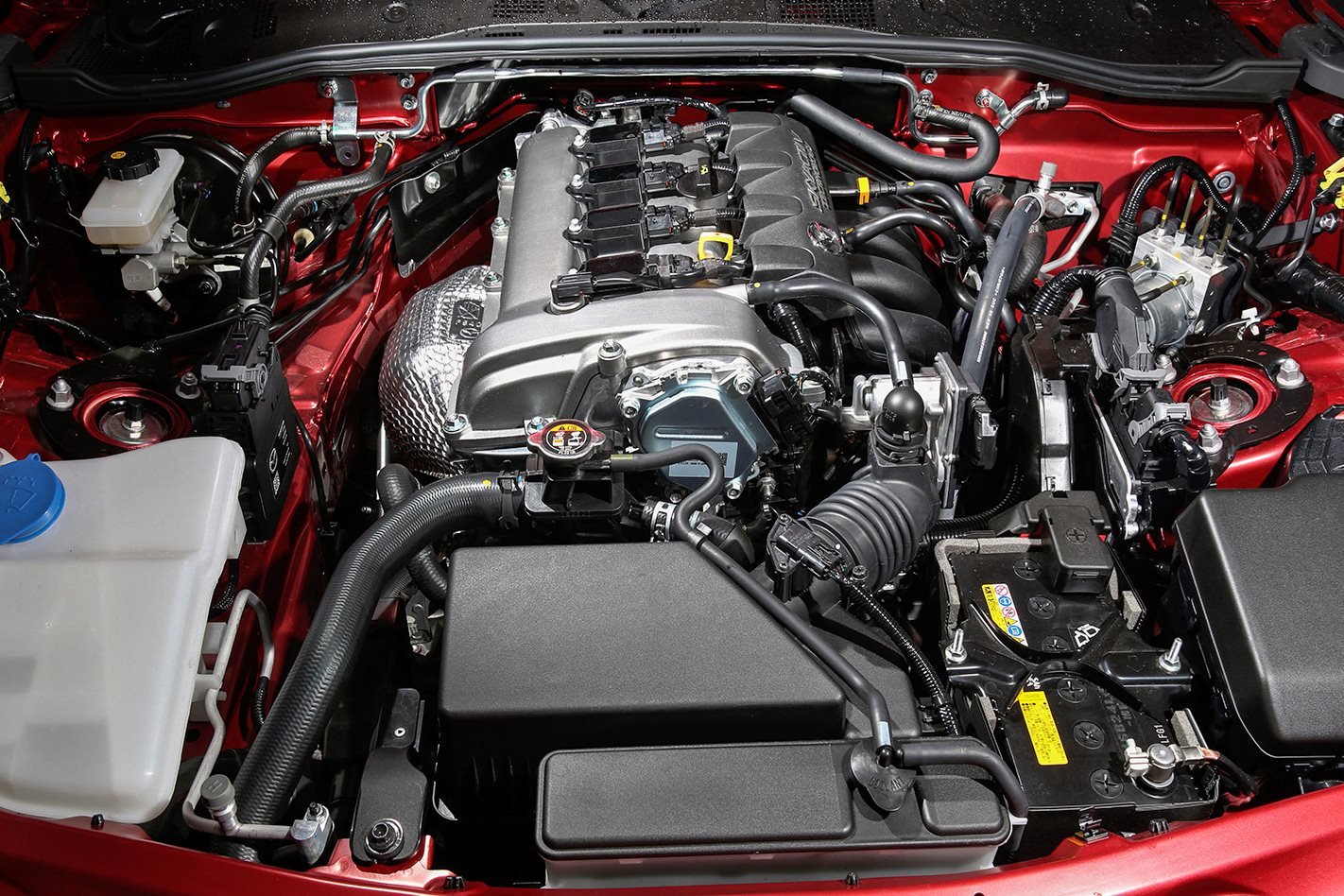Bravery is a rare phenomenon in the automotive industry. Sure, every brand will tell you it follows its own unique engineering ethos, but take a more critical look and few makers today actually stray from the pack and risk losing sales in the process.
Take engine efficiency, for example. The general industry consensus is downsized turbo engines are the way to save fuel and reduce emissions with a conventional combustion engine.
It’s certainly true that the average small turbo donk is terrific at delivering impressive fuel consumption… in the official test. Countless road tests have suggested, however, that in some cases the real-world efficiency of these engines isn’t much better than that of a bigger naturally aspirated engine, especially in urban driving.
We didn’t think manufacturers were actually bending the rules – not until Dieselgate, anyway – we just figured the canny engineers had worked out how to optimise their engines to deliver during the test.

There was plenty of scope for improvement because historically the brand has been off-the-pace in the low fuel consumption race. But recent developments have delivered genuine gains with its Skyactiv engines since 2011. So much so that Hiroshima gives us a 6.1L/100km performance car without a snail or battery in sight.
Now there’s geographical influence in Mazda’s engine approach. Legislation in parts of Europe classifies engines based on cubic capacity. This means that, say, a 1.4-litre falls into a less costly bracket than a 2.0-litre. The 1.4 needs a turbo to provide atmo 2.0-litre performance (or better) and there you have it: a pretty convincing case for the downsized turbo engine, and the reason you’re hard pressed to find a non-turbo Fiat, Renault or Volkswagen these days.

There’s more to it, though. Even a cursory glance at Mazda’s history reveals it to be the only brand, to this day, to give the world a truly different mass-produced internal combustion engine, the Wankel rotary.
There’s your real reason. This trail-blazing manufacturer didn’t hesitate to take its own path because if it didn’t, well, it wouldn’t be Mazda.
Against the backdrop of Mazda history, the brand’s largely naturally-aspirated approach to fuel saving and power making, when most of the industry is agreed on smaller turbocharged engines, actually isn’t that bold at all.
Rotary returns!
But this one will need a turbo

Real gains
Skyactiv’s the limit

2. FINE LINE High compression is good, because it breeds efficiency – more power with less fuel – but the limiting factor is detonation, where combustion happens before the spark, which can lead to engine failure.
3. UNDER PRESSURE High cylinder temperatures cause detonation, which Mazda systematically avoids in its Skyactiv-G engine. Petrol directly injected under high pressure through multi-hole injectors creates a fine atomisation of fuel, cooling the cylinder. Staging the injection allows the flame front to be carefully controlled, with help from specially designed piston cavities.
4. TIMING’S KEY Clever valve timing phasing allows Mazda to rid more hot gas on each stroke, aiding cooling. A 4-2-1 exhaust also reduces residual hot gas, as cylinders are paired to keep out-of-phase exhaust pulses apart, which could otherwise push exhaust gases back into a neighbouring port. The result is a happy 14:1 compression (same as a Ferrari 458 Speciale) for petrol variants (or 13:1 in Oz, to run on 91 octane).
5. REACH FOR THE SKY Think a 14:1 compression ratio is high? Mazda, which has more than 150 patents on its Skyactiv tech, has played with even higher compression petrol prototypes, from 15:1 to 18:1 compression. A Homogeneous Charge Compression Ignition engine – a compression rather than spark ignition petrol engine, sort of like a diesel – is the logical conclusion and could be here in a few years.





